Tag: Skywatch

Adler Skywatch: September 2023
Adler Skywatch: What’s in the sky throughout August 2023? See Chicagohenge, the super harvest Moon, the spring equinox, Saturn, Jupiter, Venus, and Mercury.
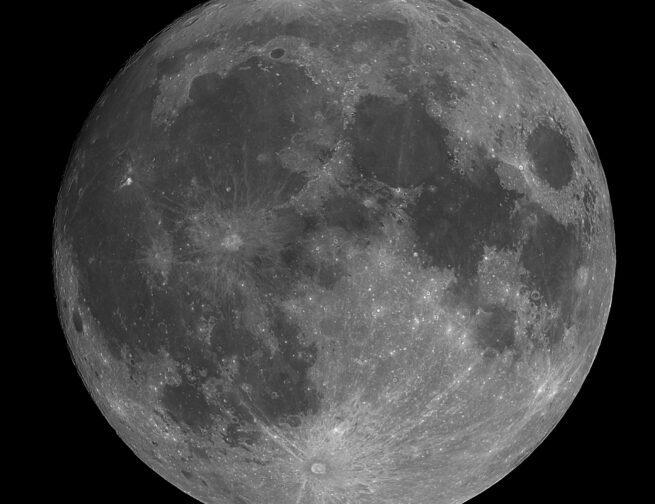
Adler Skywatch: July 2023
Adler Skywatch: What’s in the sky throughout July 2023? See Mars, Venus, Saturn, Mercury, and the Full Buck Supermoon!

Adler Skywatch: June 2023
Adler Skywatch: What’s in the sky throughout June 2023? See the summer solstice, the full Horse Moon, Venus, and other planets in the sky!
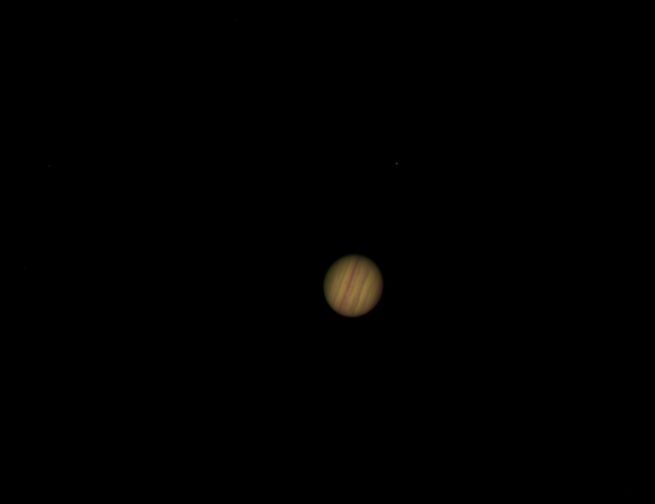
Adler Skywatch: May 2023
Adler Skywatch: What’s in the sky throughout May 2023? See Mars, Venus, Jupiter, and Saturn, the Hare Moon, and learn where Mercury went!
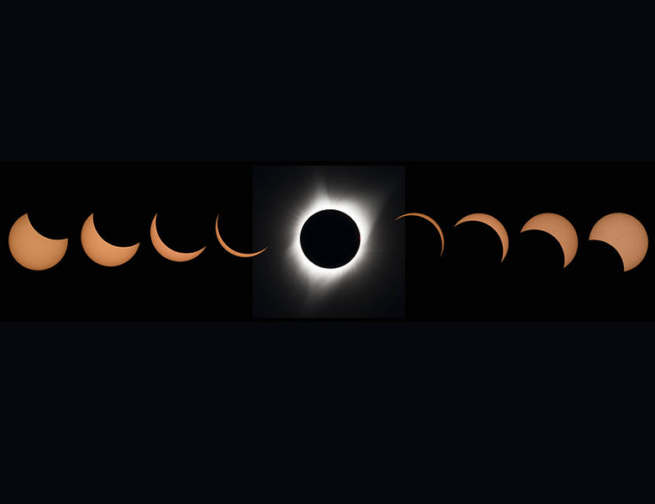
Adler Skywatch: April 2023
Header image: A composite of eleven pictures showing the progression of a total solar eclipse. [ Image credit: (NASA/Aubrey Gemignani), edited by the Adler Planetarium ] An entire day is dedicated to celebrating the planet we know best this month, April 2023. Don’t forget to celebrate Earth Day on April 22; and while you’re at […]
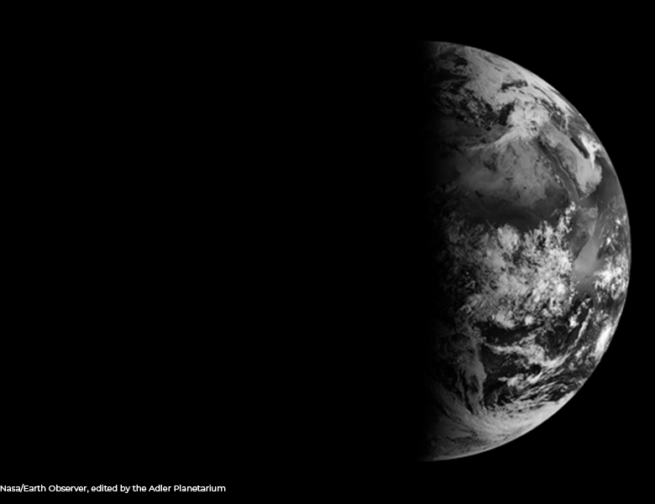
Adler Skywatch: March 2023
Header Image: The 2013 spring equinox, as seen from space. Image Credit: Nasa/ Earth Observer, edited by the Adler Planetarium Possibly the most photogenic planetary pairing of the year kicks-off this month, March 2023. Here’s your stargazing guide to view the Venus-Jupiter Conjunction, the spring equinox and other celestial events. Venus and Jupiter Conjunction Just […]
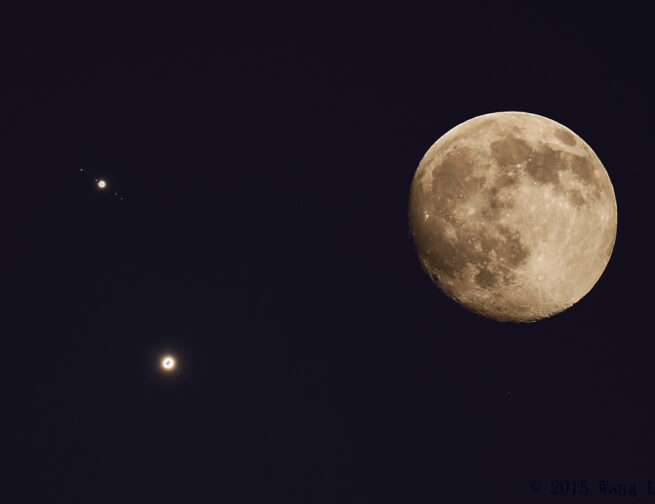
Adler Skywatch: February 2023
Header image: The bright planets, Venus and Jupiter, are close in the sky, nearby a bright Moon. Image taken on June 30, 2015. Composite image credit and copyright: Wang, Letian The two brightest planets and a once-in-a-lifetime comet are among the sky highlights of the shortest month of the year, February 2023. Here’s your stargazing […]
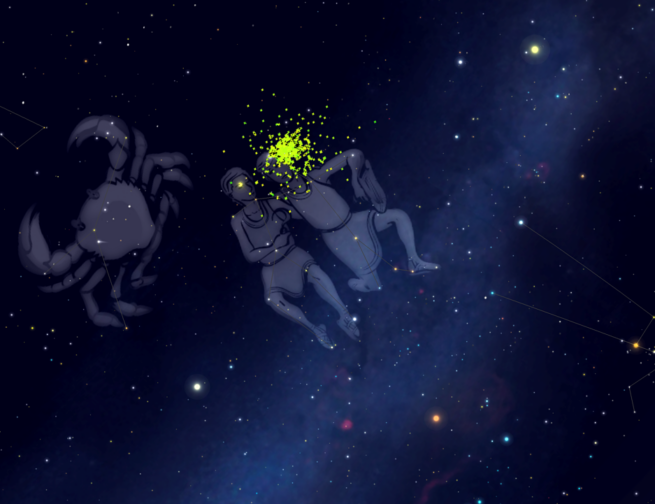
Adler Skywatch: January 2023
Header Image: An illustration of the December 2021 Geminid meteor shower. Image Credit: NASA Editor’s Note: This blog has been updated to include information about Comet C/2022 E3 (ZTF) 2023 opens with Earth’s closest approach to the Sun and a potential showy meteor shower. These events and more are among the sky highlights of this […]
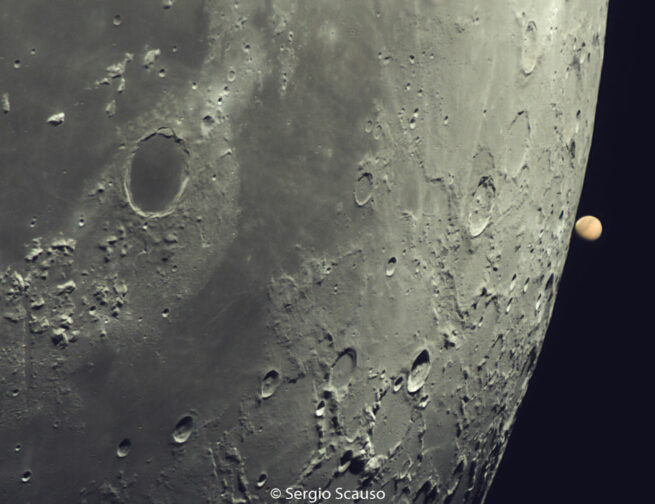
Adler Skywatch: December 2022
Header Image: Mars reappears on the right side of the moon after an occultation. Image credit: Sergio Scauso An occultation, a meteor shower, a solstice, a planet parade, and Mars’ brightest appearance of the year highlight this month, December 2022. Here’s your stargazing guide for spotting celestial events. Mars and The Moon – A Rare […]
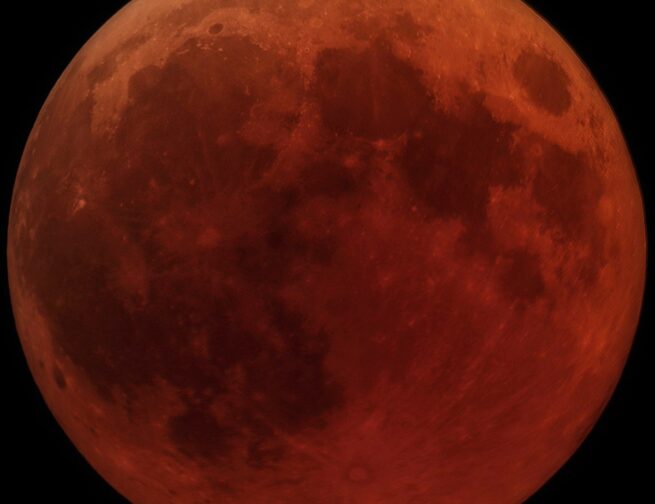
Adler Skywatch: November 2022
Header Image: Total lunar eclipse on July 7, 2018. Here’s your stargazing guide for November 2022 to help you spot planets and celestial events—including a total lunar eclipse visible in Chicago! Time To Set Your Clocks Back Daylight Saving Time ends on November 6, at 2:00 am local time. This is the day to set […]




